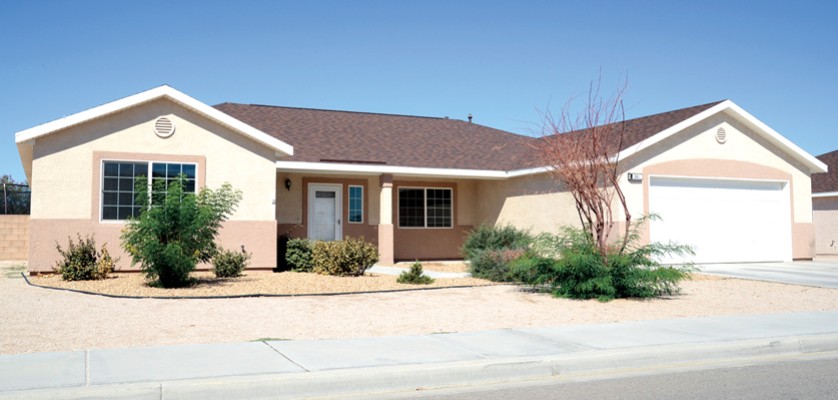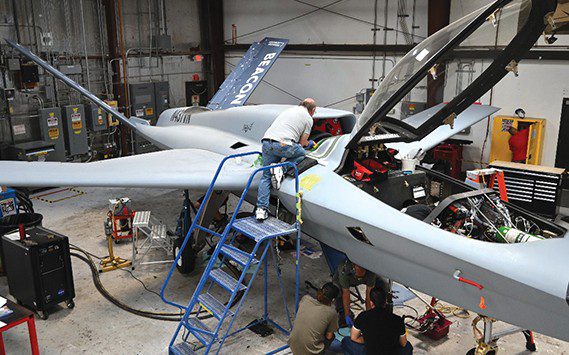A permanent change of station for a service member means making the decision to buy, sell, or rent a house every few years. Considering the ever-changing markets across the country, the ease of making this decision may vary.
When it’s time to PCS, one of the first things to evaluate is your basic allowance for housing, along with your unique financial situation. To calculate the BAH for your new location, visit defensetravel.dod.mil
After calculating what your allowance will be for your rank, with or without dependents, you will need to look at you and/or your family’s needs. Is base housing a good fit or would you be happier off-base?
Base housing
Living on the installation may be a good fit and provides an opportunity to be closer to those in similar situations for a greater sense of community. Additionally, it could mean a shorter commute to work, being closer to base services and amenities, and more. This living arrangement may also be a great fit if the housing costs in the local off-base area could end up costing more than your monthly BAH.
On-base living also means lower upfront and monthly costs, as applicants do not pay an application fee, security deposit or pet deposit. When living in base housing, utilities like water, sewer, gas, and electric are also included, along with trash, recycling and pest services. Housing maintenance is taken care of, and playgrounds, pools and outdoor recreational spaces are often included as well.
When considering the perks of living on base, this may be a great fit for those new to the military or the most seasoned service members. Contact the housing office for more information on your installation as wait times, amenities, etc. may vary from installation to installation.
Off base housing
If on-base living is not available, or you simply want to explore the surrounding area with an apartment or home outside the gates, consider your monthly BAH and how far it will stretch. Both purchase and rental prices have gone up tremendously in much of the U.S. over the last two years, and chances are the community you’re moving to, if stateside, has been affected. Where some areas have seen increases from 10-20 percent, others have seen increases of 30 percent or more.
If purchasing is off the table, consider starting your rental search with a visit or phone call to your installation’s housing assistance office to obtain a list of options in your area. Once you settle on a desired area, make sure the rental meets your needs and falls within budget. Don’t forget to include the security deposit, potential pet fees, monthly rent payment, internet, electricity, gas, water and sewer, trash and recycling, fuel, or monthly public transportation costs, etc. Some expenses may be included in the rent but other agreements may not include anything, so be sure to read the fine print and ask questions before committing to a home or apartment lease. Another issue to consider could be the length of the lease versus the length of your orders.
Purchasing is another alternative to living on base and may be the right fit for you and/or your family. A quick search online will provide a rough idea of market prices in the area, and then consulting with a professional for specifics may be in your best interest. As mentioned previously, home prices have increased significantly in some areas. Housing markets have become competitive, with more people moving and looking to buy following pandemic-related changes to the economy, remote work options, housing availability, increased investor purchases, etc.
Where some service members have had success purchasing, others have faced challenges in buying a home. Every situation is different and must be carefully examined. Current interest rates should be factored into your budget when running the numbers, and can vary based on credit score, debt-to-income ratio, credit history and more.
If financing, home buyers should compare 15 to 30-year mortgages, fixed rate vs. adjustable rate mortgages, total closing costs, insurance needs, property taxes, and monthly payments. The cost of home repairs and typical upkeep expenses should also be estimated, in addition to looking at long-term plans for resale or renting if another PCS comes up.
A representative at the Airman and Family Readiness Center may be available to assist with budgeting, and real estate professionals in the local area could help with housing-specific questions.
Consider all housing options while deciding to rent or buy, and when looking for an interim space to stay while moving to or from a new installation. The first place will likely be your installation’s lodging facility. Websites such as Airbnb.com or VRBO.com may be helpful as well. However, keep in mind not all options are reimbursable and service members should always check with their local finance office prior to booking. Each listing should also be read thoroughly, as expectations and amenities vary greatly, and ensuring a good fit for your short-term housing needs is vital.
To help plan your move, evaluate housing options, find cost calculators and more, visit militaryonesource.mil.












